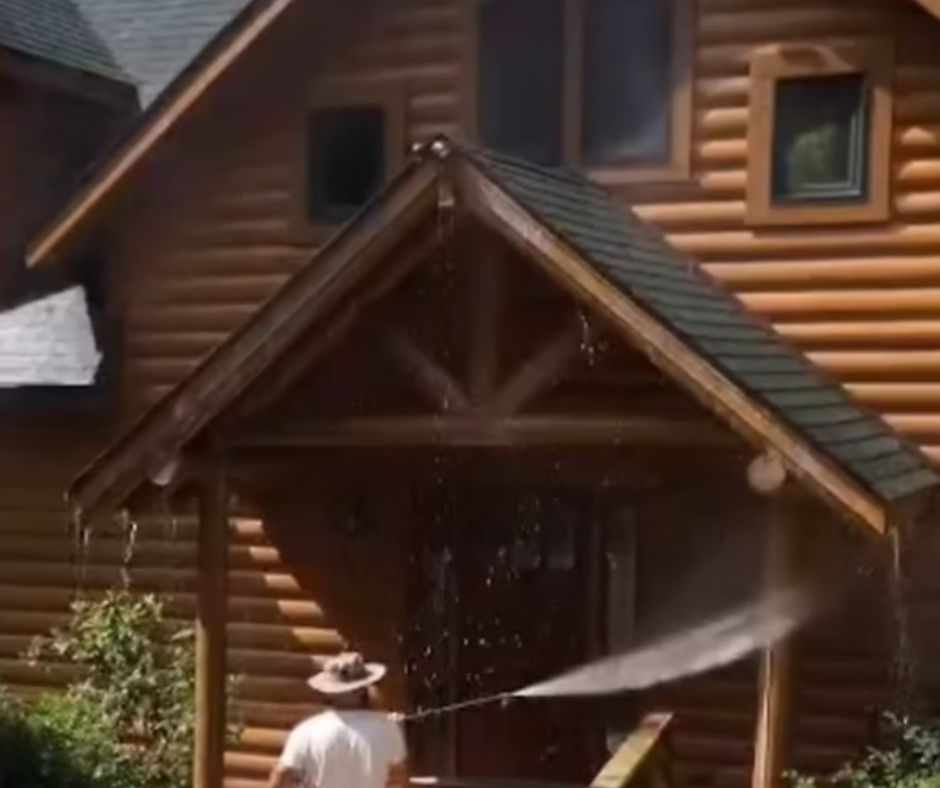
A log cabin is more than just a rustic retreat; it’s a timeless structure that embodies warmth, charm, and durability. While every component of a log cabin's construction is crucial, the roof plays a particularly essential role in ensuring longevity, aesthetics, and overall performance. The right roof type not only enhances the cabin's visual appeal but also provides critical protection against the elements. With several roofing styles available, choosing the right one can be a challenge. If you're searching for log cabin contractors near Winchester Virginia, this guide will explore the most popular log cabin roof types, their advantages and disadvantages, and key factors to consider before making a decision.
1. Gable Roof
The gable roof, also known as a pitched or peaked roof, is one of the most common patterns for log cabins. It includes two sloping facets that form a triangular shape at every step of the cabin.
Pros:
Excellent Drainage: The steep slope lets in rain, snow, and particles to slide off without difficulty.
Increased Attic Space: A gable roof gives sufficient area for an attic or loft.
Simple Construction: Easier and extra value-powerful to construct as compared to complicated roof designs.
Good Ventilation: Allows for better airflow, decreasing moisture buildup.
Cons:
Vulnerability to High Winds: Strong winds can cause harm if not well constructed.
Requires Maintenance: The high peaks may additionally want normal inspections for wear and tear.
2. Hip Roof
A hip roof capabilities slopes on all four facets that meet at a ridge. This design is extra solid and wind-resistant than a gable roof.
Pros:
Superior Stability: Excellent for areas with strong winds or heavy snowstorms.
Durability: Distributes weight flippantly, decreasing structural pressure.
Energy Efficiency: Offers better insulation because of its compact form.
Cons:
More Expensive: Requires extra materials and exertions as compared to simpler designs.
Limited Attic Space: Less storage and headroom as compared to a gable roof.
3. Shed Roof
A shed roof is a single-sloping floor that is often used in present-day or minimalist log cabin designs.
Pros:
Contemporary Aesthetic: Offers a graceful, modern-day appearance.
Simple Construction: Easier and quicker to build than multi-sided roofs.
Efficient Drainage: Effectively channels water away.
Ideal for Solar Panels: The slant makes it easy to install solar power systems.
Cons:
Limited Ceiling Space: Reduces the opportunity of a loft or attic.
Wind Resistance Issues: These may not be suitable for areas with extreme weather conditions.
4. Gambrel Roof
Also called a barn-style roof, a gambrel roof has slopes on every side—one steep and one shallow.
Pros:
Maximized Interior Space: Ideal for cabins requiring attic space or a loft.
Unique Rustic Appearance: Adds person and attraction to the cabin.
Efficient Water Drainage: Directs water away efficaciously.
Cons:
Complex Construction: Requires skilled hard work and more materials.
Vulnerability to High Winds: May not be perfect for typhoon-susceptible areas.
5. Mansard Roof
A mansard roof, similar to a gambrel, capabilities 4 slopes rather than two, offering a French-inspired aesthetic.
Pros:
Extra Living Space: The layout creates room for a further floor or attic.
Elegant Appearance: Adds sophistication and architectural attraction.
Versatile Design: Works well with conventional and modern-day log cabins.
Cons:
High Construction Costs: Requires greater materials and labor.
Maintenance Challenges: The elaborate design may lead to water pooling if no longer properly maintained.
6. Flat Roof
A flat roof, whilst now not as unusual for log cabins, is gaining a reputation for present-day and green designs.
Pros:
Minimalist Aesthetic: Sleek, modern look.
Eco-Friendly: Can guide a green roof or solar panels.
Affordable Construction: Requires fewer substances as compared to pitched roofs.
Cons:
Drainage Issues: Water can pool if no longer designed with proper drainage.
Limited Insulation: This may require additional insulation for chillier climates.
Factors to Consider When Choosing a Log Cabin Roof Type
When selecting the pleasant roof for your log cabin, don't forget the following elements:
1. Climate and Weather Conditions
Your geographical region plays a substantial position in roof selection. If you stay in a place with heavy snowfall, a steeply pitched roof like a gable or gambrel is ideal. If excessive winds are a subject, a hip roof affords higher resistance.
2. Aesthetic Appeal
The roof contributes drastically to the general appearance of your log cabin. Consider whether you opt for a traditional, rustic, or modern-day aesthetic before deciding on a layout.
3. Construction Budget
Some roof styles require extra substances and skilled exertions, increasing average fees. Consider your price range before choosing complicated designs like mansard or gambrel roofs.
4. Interior Space Requirements
If you want extra garage or loft space, a gambrel or mansard roof is a terrific option. For an extra open format with high ceilings, a gable or shed roof might be most desirable.
5. Maintenance and Longevity
Certain roof kinds, consisting of flat roofs, require everyday maintenance to save you water harm. If you want a low-upkeep option, don't forget a gable or hip roof with the right drainage and durable materials.
Conclusion
Selecting the right roof for your log cabin is a critical decision that impacts both functionality and aesthetics. Whether you choose the traditional charm of a gable roof, the stability of a hip roof, or the modern look of a shed roof, each design has its own advantages and challenges. By considering factors such as climate, budget, and interior space needs, you can make an informed decision that ensures your log cabin remains a strong and beautiful retreat for years to come. Whatever roof type you choose, proper log house maintenance and high-quality materials will extend the life of your cabin and enhance its overall value.
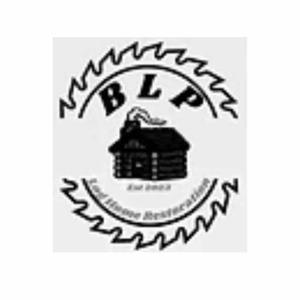
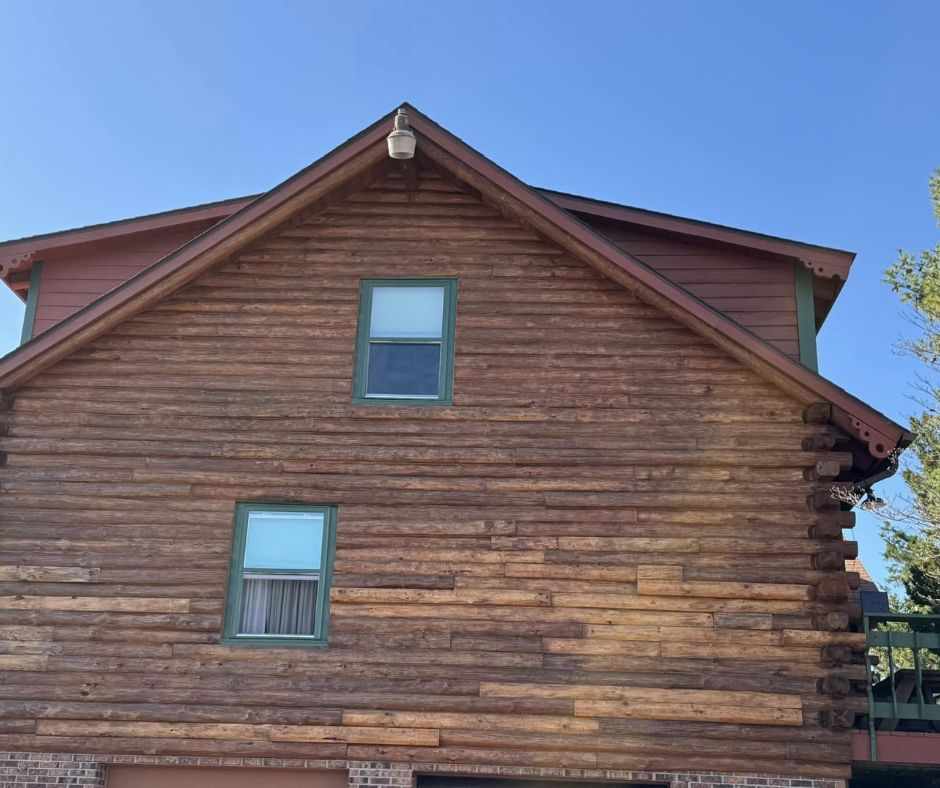
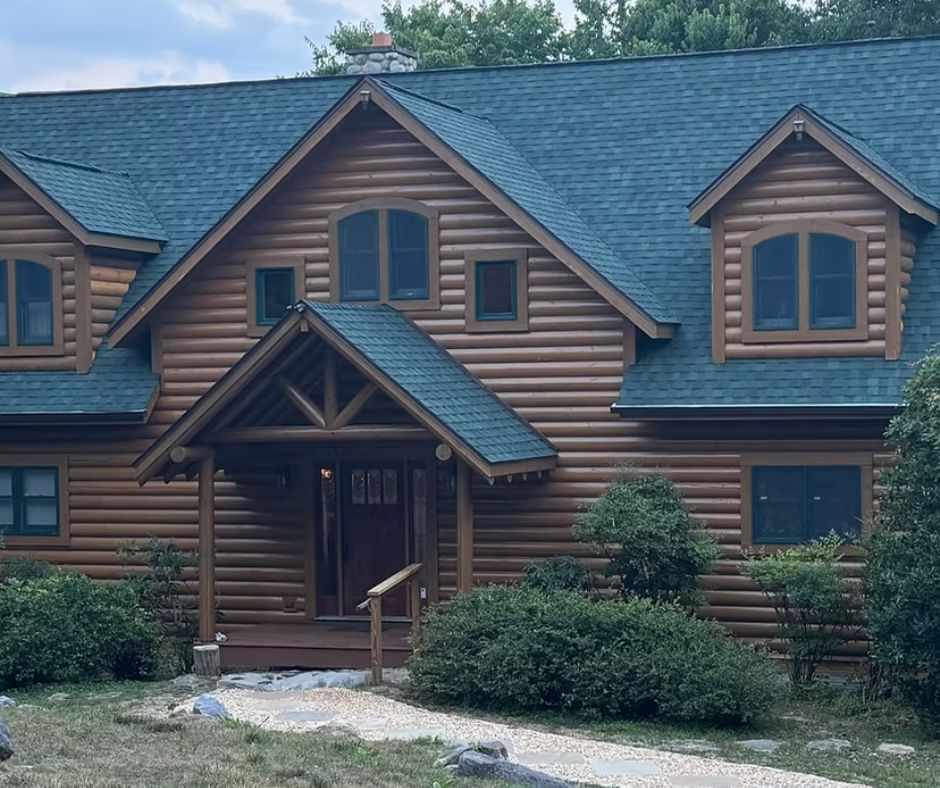

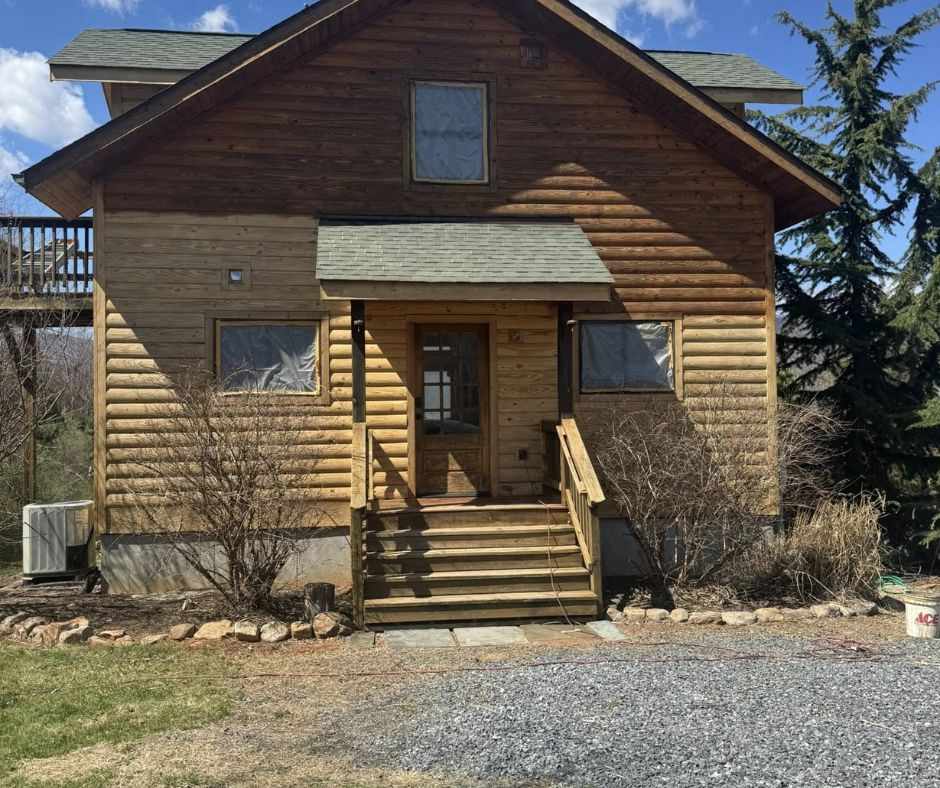
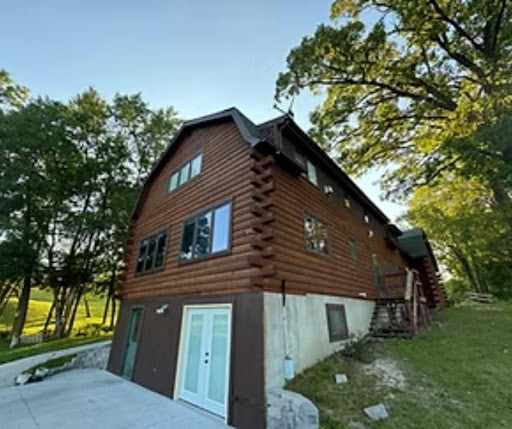
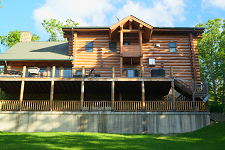
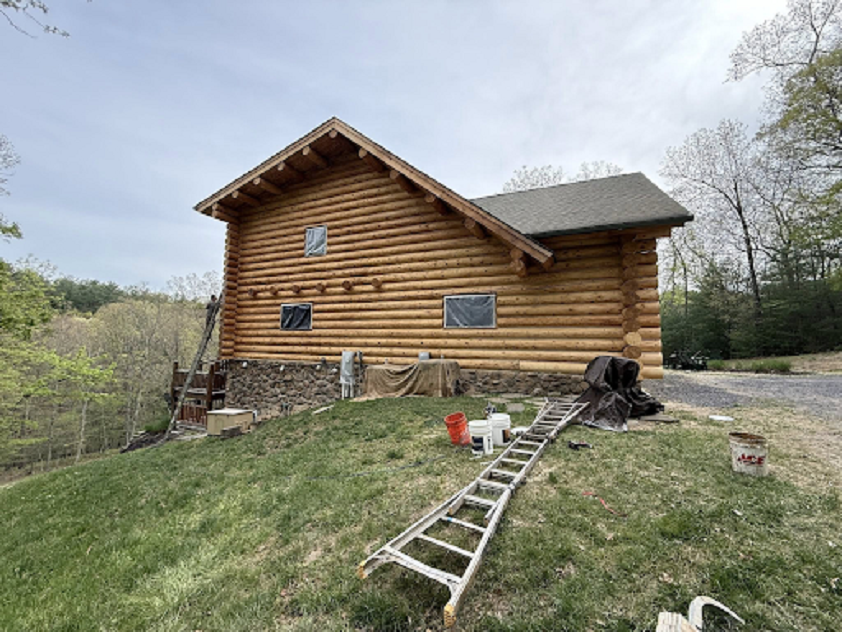
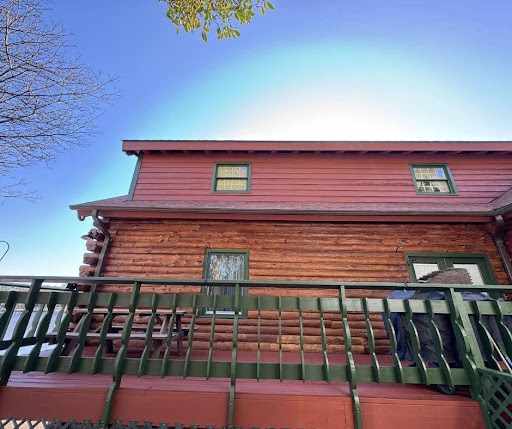

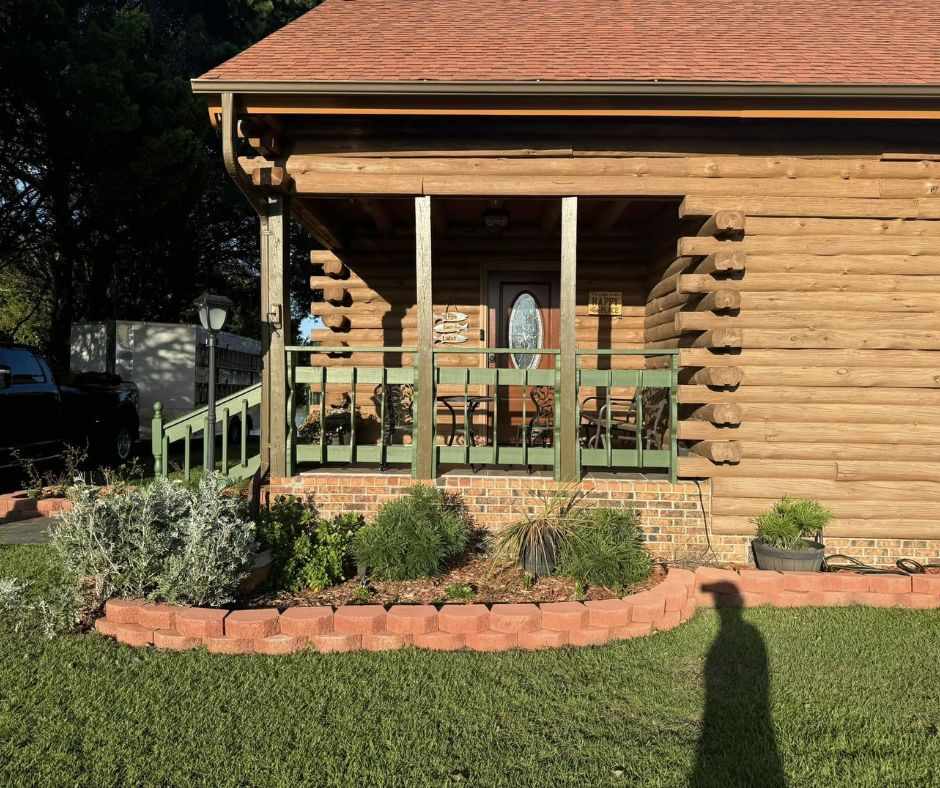
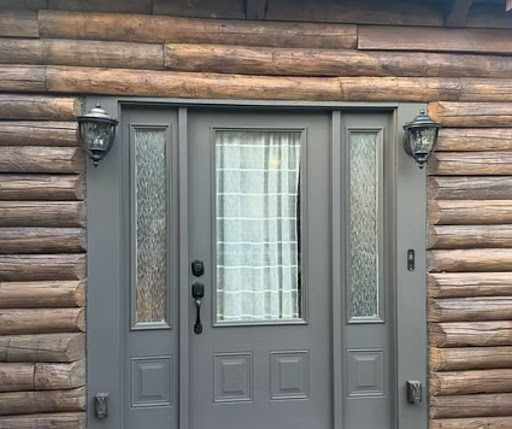


Write a comment ...